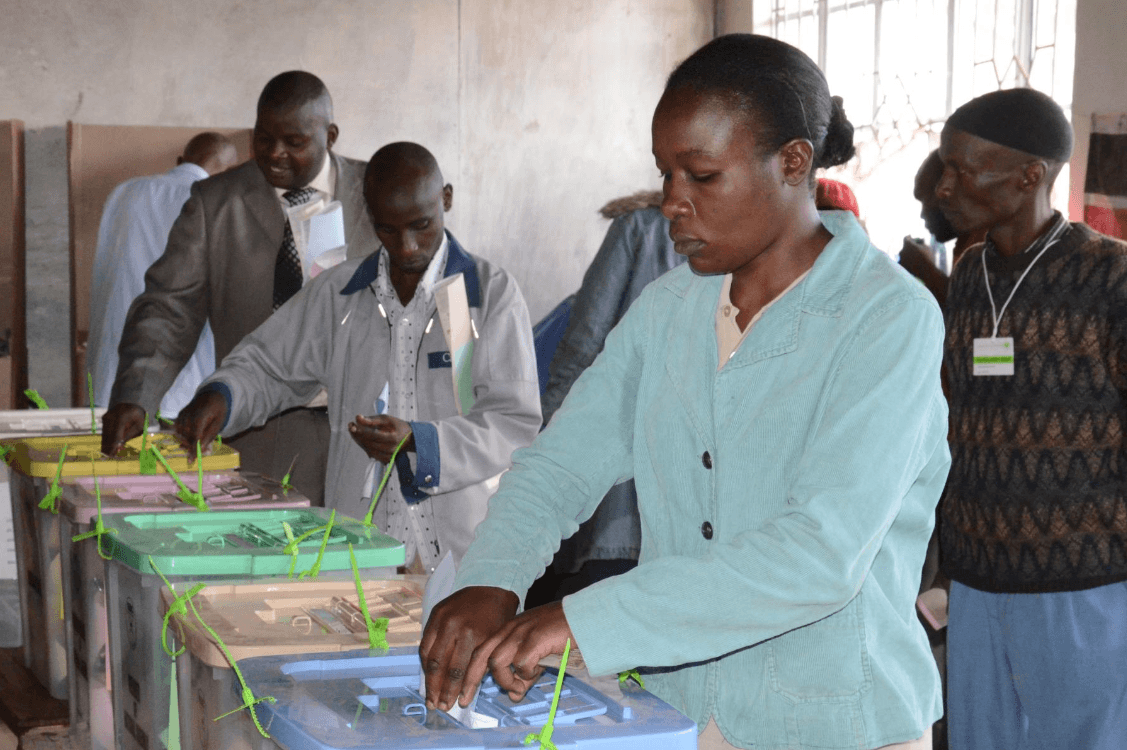On May 3, the Ministry of Health confirmed an outbreak of waterborne diseases especially cholera and diarrhoea amid the heavy rains.
Public Health PS Mary Muthoni said the first case was reported in Tana River county.
"Despite our successful control efforts, the ongoing heavy rains and flooding have led to a confirmed case of cholera reported on April 26," she said.
Muthoni said the single case is significant, as it amounted to an outbreak.
"Waterborne diseases such as Cholera are indeed severe, but they are also preventable. It is crucial to understand that early detection and prompt medical attention can make a significant difference, potentially saving lives," she said.
On Wednesday, May 8, Governments Spokesperson Isaac Mwaura said 44 cholera cases have been reported so far in Tana River and Marsabit counties.
He said the MoH and Red Cross officials are conducting outreach programmes to stop the spread of the outbreak.
"In response to the crisis, the government is actively implementing waterborne disease control initiatives, including efforts to manage cholera outbreaks," Mwaura said during a press conference at Nyayo House.
These cases are likely to rise, as rains continue pounding. During the rainy season, it is not unusual for sewers to break and as they flow, they come into contact with food and water bodies.
These increase the risk of infection.
The link between floods and cholera
During heavy rainfall, faecal matter contaminated with the Vibrio Cholera bacteria can be carried away by surface runoff towards water bodies reserved for human consumption.
When such water is consumed without appropriate treatment inadvertently leads to infection.
Cholera causes, symptoms and dangers
According to the Centre for Disease Control and Prevention, cholera is an acute diarrheal illness caused by infection of the intestine with Vibrio cholerae bacteria.
It spreads through contaminated food and water, and the infection is often mild or without symptoms, but can sometimes be severe and life-threatening.
It can be especially dangerous for young children.
The symptoms of cholera include profuse watery diarrhoea, sometimes described as "rice-water stools", vomiting, thirst, leg cramps, restlessness or irritability.
Cholera can lead to dehydration which is usually characterised by rapid heart rate, loss of skin elasticity, dry mucous membrane and low blood pressure.
People suffering from severe cholera can develop severe dehydration, which can lead to kidney failure.
If left untreated, severe dehydration can lead to shock, coma, and death within hours.
Prevention and treatment of cholera
To prevent the bacteria from spreading, the CDC advises that all faeces (human waste) from sick persons should be thrown away carefully to ensure it does not contaminate anything nearby.
Those taking care of cholera patients must wash their hands thoroughly after touching anything that might be contaminated with the faeces.
The government should also consider setting up separate wards in hospitals for cholera patients.
In treating the sick, intravenous fluid replacement along with antibiotics remains a significant approach.
Medical personnel should, however, be careful to ensure that patients do not overuse antibiotics, as they have resulted in cholera strains that are resistant to treatment across different endemic regions around the world.
The country should opt for immunisation programs as a primary preventive intervention.
Kenyans prone to using contaminated waters should also be provided with water purifier agents.
Further, there should be a limit on human contact with floodwaters to help stop the spread of cholera because floodwaters have a greater infectious load.
















![[PHOTOS] How ODM@20 dinner went down](/_next/image?url=https%3A%2F%2Fcdn.radioafrica.digital%2Fimage%2F2025%2F11%2F99d04439-7d94-4ec5-8e18-899441a55b21.jpg&w=3840&q=100)
